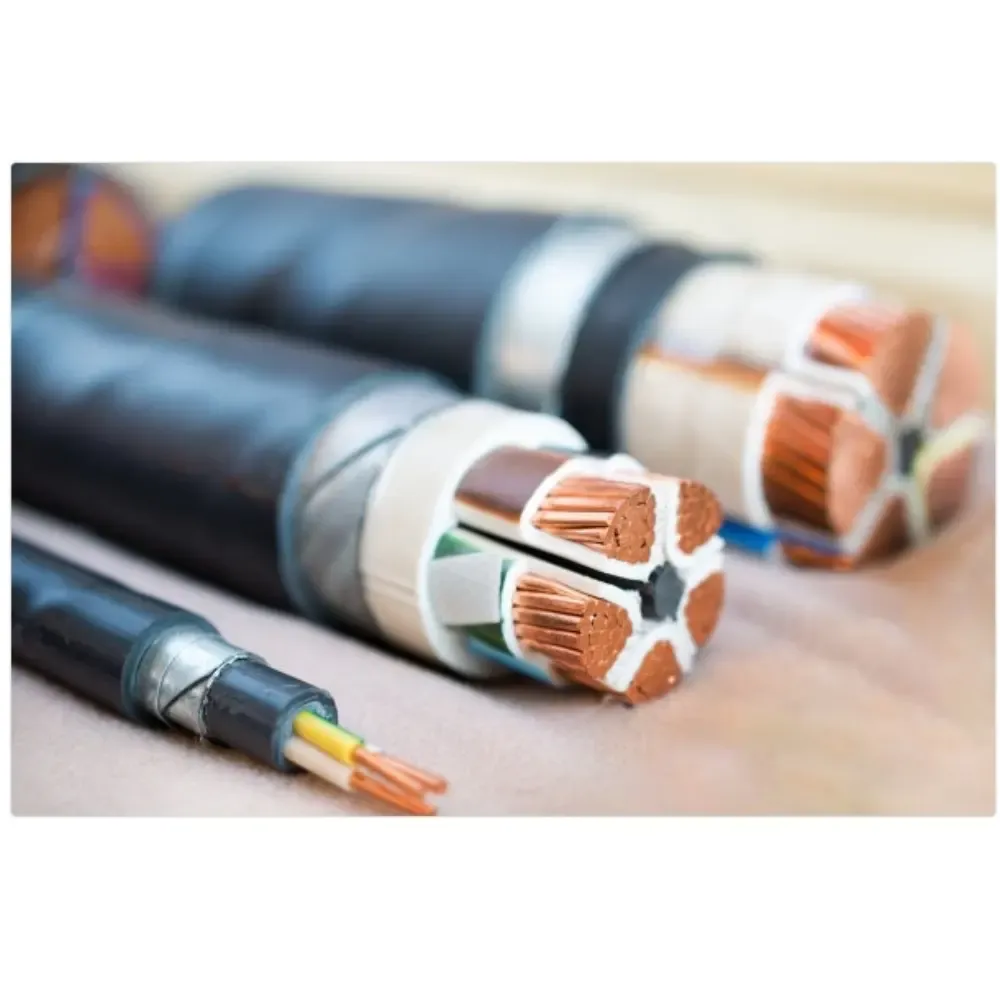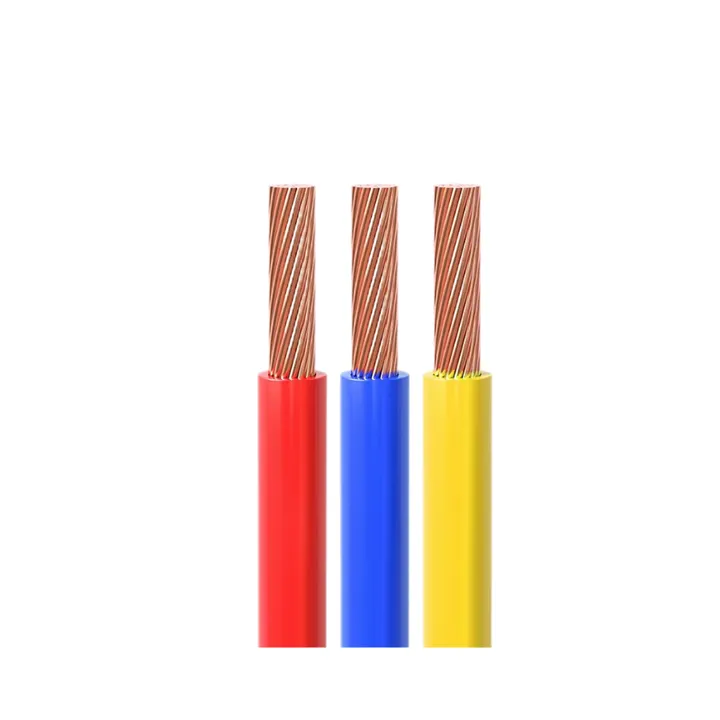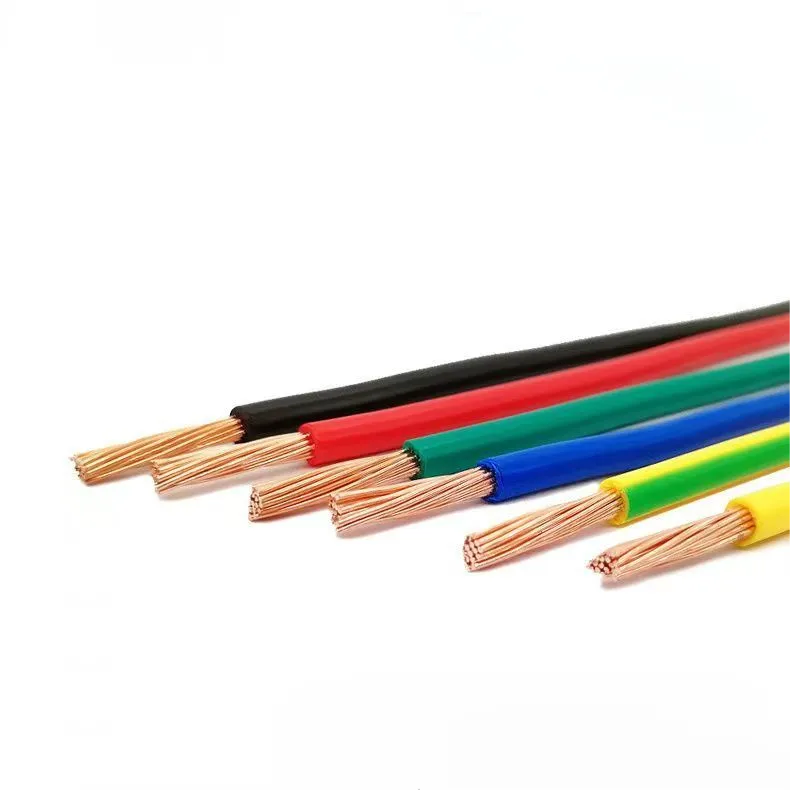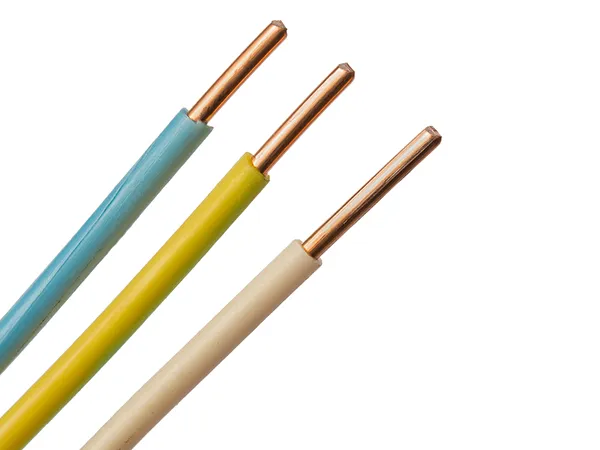How to Detect Cable Damage Without Cutting
Time: 2025-06-22 14:31:34
Source: Henan Province Jianyun Cable Co., Ltd.
Overview of Non-Destructive Cable Damage Detection
Detecting cable damage without cutting involves using non-destructive testing (NDT) methods to identify faults such as insulation degradation, conductor breaks, or moisture ingress while preserving the cable’s integrity. These methods are critical in applications like power distribution, telecommunications, and industrial systems, where cutting cables for inspection is impractical or costly. Techniques comply with standards such as IEEE 43, NEC, or IEC 60229, ensuring accurate diagnosis without compromising system functionality.

Importance of Non-Destructive Testing
Non-destructive testing for cable damage offers several benefits:
-
Preserves Cable Integrity: Avoids cutting or dismantling, maintaining operational continuity.
-
Cost Efficiency: Reduces downtime and repair costs by identifying issues early without invasive procedures.
-
Safety: Minimizes risks of electrical hazards or system failures by detecting faults before they escalate.
-
Compliance: Aligns with industry standards, ensuring installations meet regulatory requirements.
-
Proactive Maintenance: Enables early detection of issues like insulation wear or corrosion, extending cable lifespan.
Improper or invasive testing can damage cables, disrupt services, or lead to unnecessary replacements.
Equipment and Safety Requirements
Non-destructive testing requires specialized tools and strict safety protocols:
-
Equipment: Insulation resistance tester (Megger), multimeter, Time Domain Reflectometer (TDR), thermal imaging camera, ultrasonic tester, and inspection tools (e.g., flashlight, magnifying glass).
-
Materials: Test leads, grounding kits, and documentation tools for recording results.
-
Personal Protective Equipment (PPE): Insulated gloves, safety glasses, arc-rated clothing, and hard hats for high-voltage areas.
-
Safety Equipment: Lockout/tagout kits and voltage testers to ensure circuits are de-energized.
Safety precautions:
-
Only trained personnel should perform tests, per OSHA or local regulations.
-
De-energize circuits and verify with a multimeter before testing to prevent shock or equipment damage.
-
Follow manufacturer guidelines for test equipment to ensure accurate results.
Non-Destructive Testing Methods
Visual Inspection
Examine the cable exterior for visible signs of damage:
-
Look for abrasions, cuts, cracks, or discoloration on the outer jacket.
-
Check for moisture, corrosion, or UV degradation, especially in outdoor or wet environments.
-
Use a flashlight or magnifying glass for detailed inspection in confined spaces.
-
Identify improper bending or sagging that may indicate internal stress.
Insulation Resistance Testing
Measure insulation integrity using a Megger tester:
-
Apply a high DC voltage (e.g., 500V or 1000V, per IEEE 43) to detect insulation breakdowns.
-
Expect >100 MΩ for new cables; <1 MΩ indicates damage or moisture ingress.
-
Test conductor-to-conductor and conductor-to-ground to pinpoint faults.
Continuity Testing
Verify conductor integrity using a multimeter:
-
Check for open circuits or high resistance, indicating broken conductors.
-
Test each conductor in multi-conductor cables to identify specific faults.
-
Ensure low resistance (e.g., <1 ohm) for intact conductors over short runs.
Time Domain Reflectometry (TDR)
Use TDR to locate faults by sending electrical pulses:
-
Detects reflections from impedance changes caused by breaks, shorts, or insulation damage.
-
Pinpoints fault locations within meters, ideal for long or buried cables.
-
Requires specialized TDR equipment and calibration for accurate results.
Thermal Imaging
Use infrared cameras to detect heat anomalies:
-
Identify hotspots caused by high-resistance faults, partial breaks, or arcing.
-
Test under load to reveal issues not visible when de-energized.
-
Suitable for power cables in industrial or high-voltage applications.
Ultrasonic Testing
Detect internal faults using ultrasonic waves:
-
Identify arcing, corona discharge, or insulation breakdown through high-frequency sound waves.
-
Effective for high-voltage cables or environments with EMI concerns.
-
Requires specialized ultrasonic detectors and trained operators.
Step-by-Step Process for Detection
-
Prepare the Work Area:
-
De-energize the circuit using lockout/tagout procedures and verify with a multimeter.
-
Ensure a clean, dry work environment to avoid false readings.
-
Wear PPE, including insulated gloves and safety glasses.
-
Conduct Visual Inspection:
-
Examine the cable for physical damage, corrosion, or improper installation.
-
Document findings with photos or notes for reference.
-
Perform Insulation Resistance Testing:
-
Connect a Megger tester to the cable, selecting appropriate voltage (e.g., 500V for low-voltage cables).
-
Test for 60 seconds, recording resistance values; compare to standards (>100 MΩ for new cables).
-
Execute Continuity Testing:
-
Use a multimeter to check each conductor for continuity, noting any high resistance or open circuits.
-
Test between conductors and ground to detect shorts.
-
Apply TDR for Fault Location:
-
Connect a TDR device and send pulses to locate faults, interpreting reflections to estimate distance.
-
Record fault locations for targeted repairs or further inspection.
-
Use Thermal Imaging (if applicable):
-
Under load, scan cables with a thermal camera to identify hotspots (>10°C above ambient).
-
Mark areas for closer inspection or testing.
-
Perform Ultrasonic Testing (if needed):
-
Use an ultrasonic detector to listen for arcing or discharge in high-voltage cables.
-
Confirm findings with other tests to ensure accuracy.
-
Analyze and Document Results:
-
Compare test results to standards (e.g., IEEE 43, NEC) to assess cable condition.
-
Record findings, including test values, fault locations, and environmental conditions.
-
Plan repairs or replacements for cables with confirmed damage.
Common Mistakes to Avoid
-
Testing Energized Cables: Failing to de-energize risks shock, equipment damage, or inaccurate results.
-
Using Incorrect Test Voltages: Applying excessive voltage during insulation testing can damage cables.
-
Ignoring Environmental Factors: Humidity or temperature can skew resistance or TDR readings.
-
Skipping Visual Inspection: Missing obvious damage leads to incomplete diagnosis.
-
Inadequate Documentation: Failing to record results hinders trend analysis and maintenance planning.
Summary Table: Detection Methods
|
Method
|
Key Features
|
Best Use Case
|
Limitations
|
|
Visual Inspection
|
Checks for external damage, corrosion
|
All cables, initial assessment
|
Cannot detect internal faults
|
|
Insulation Resistance
|
Measures insulation integrity (>100 MΩ)
|
Power and control cables
|
Requires de-energized circuit
|
|
Continuity Testing
|
Detects conductor breaks, shorts
|
Multi-conductor cables
|
Limited to conductor issues
|
|
TDR
|
Locates faults with high precision
|
Long or buried cables
|
Requires specialized equipment
|
|
Thermal Imaging
|
Identifies hotspots under load
|
High-voltage power cables
|
Needs active circuit, costly equipment
|
|
Ultrasonic Testing
|
Detects arcing, discharge
|
High-voltage or EMI-sensitive cables
|
Requires expertise, limited scope
|
Conclusion
Detecting cable damage without cutting is achievable through non-destructive testing methods like visual inspection, insulation resistance testing, continuity testing, TDR, thermal imaging, and ultrasonic testing. These techniques preserve cable integrity while identifying faults, ensuring safety and reliability in power, telecommunications, or industrial systems. Following a systematic process, using proper equipment, and adhering to standards like IEEE 43 or NEC minimizes risks and enhances accuracy. Partnering with suppliers like Jianyun Cable ensures access to durable cables designed for reliable testing, supporting efficient maintenance and long-term performance.




